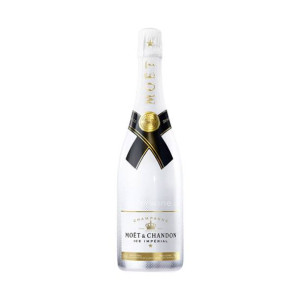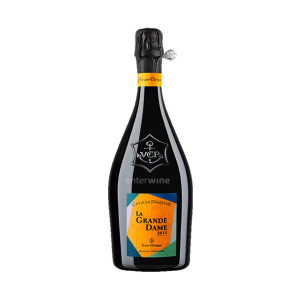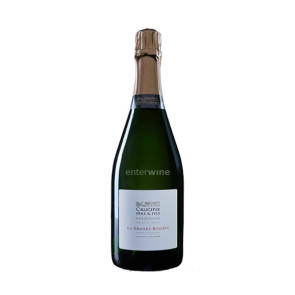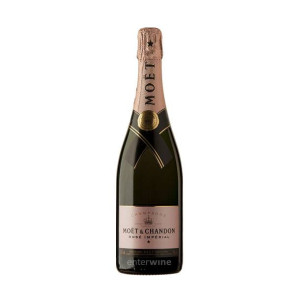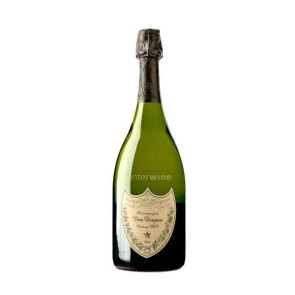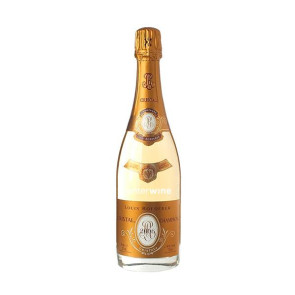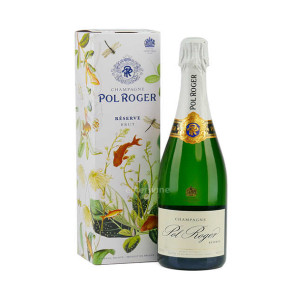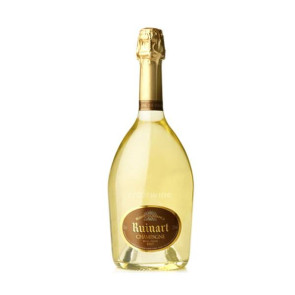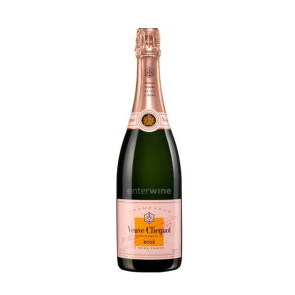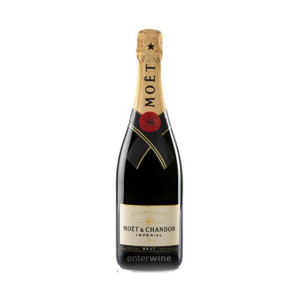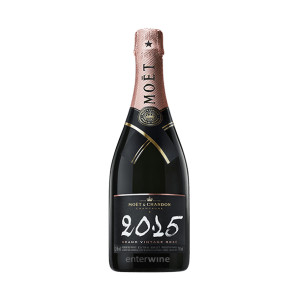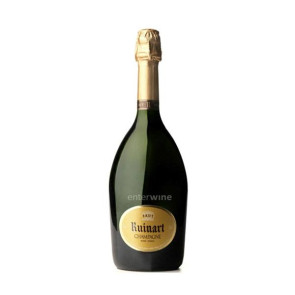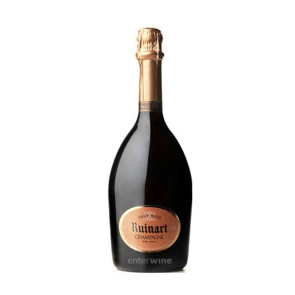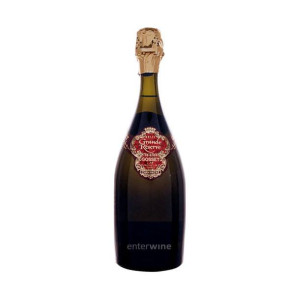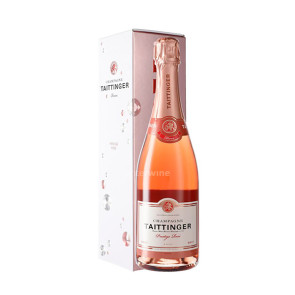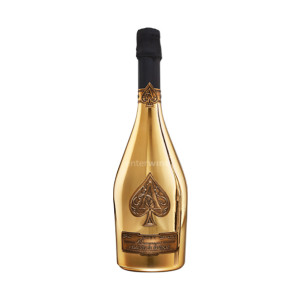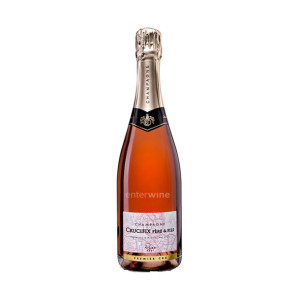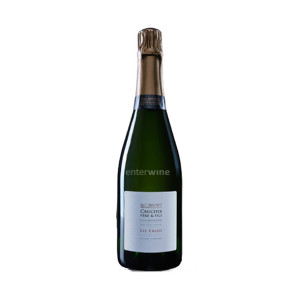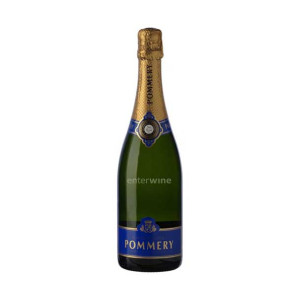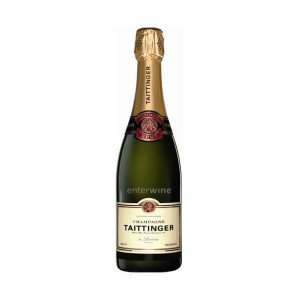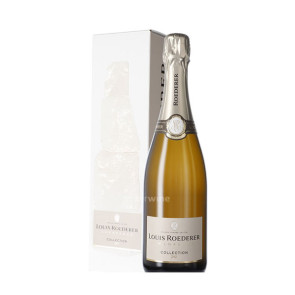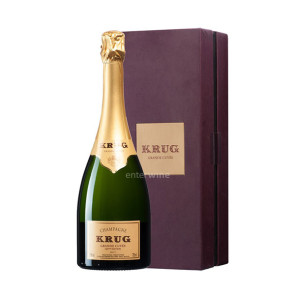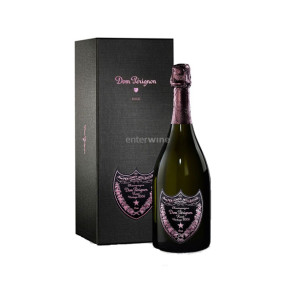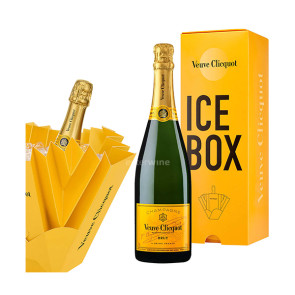A.O.C. Champagne

The primary goal of AOC Champagne is to safeguard the quality of the world’s most prestigious sparkling wine.
In France, the concept of AOC (Appellation d’Origine Controlée, meaning Controlled Designation of Origin) goes well beyond the idea of a mere geographical indication. Besides referring to a particular origin, the concept also includes the notion of terroir in the deepest sense of the term. That is to say, the sum of pedalogical, edaphological, climatic, historical, technical and human factors which give a distinctive identity to a specific product.
In order to preserve the reputation of the world’s most famous sparkling wine, the wines authorized to wear the AOC Champagne seal must satisfy a strict list of criteria. They must come from a specific production area, and must be produced only from the grape varieties authorized by the Appellation. These are the traditional triad of Chardonnay, Pinot Noir and Pinot Meunier, as well as the lesser known Pinot Blanc, Pinot Gris, Arbane or Arbanne (native to the Aube region, in north-east France) and Petit Meslier, another northern variety.
There are four authorized systems of pruning and canopy management in AOC Champage: Royat, Chablis, Guyot and Vallé-de-la-Marne. Plantation density is of 8,000 vines per hectare, and yields cannot exceed 102 litres of wine must per 160 kg of grapes. As prescribed by the Champenoise method, all wines must go through secondary fermentation inside the bottle. After that, the NV Champagnes must be aged on lees for 15 months minimum, and the Vintage Champagnes must be kept in the cellar for a minimum of 3 years.
Thanks to this high quality standards, the sparkling wines from AOC Champagne are still going strong after centuries of history.
Red wine varieties:
White wine varieties:
Chardonnay, Pinot Blanc, Pinot Gris, Abane o Arbanne, Petit Meslier.
-
Champagne Billecart-Salmon Brut Rosé
€73.40 -
Champagne Moët & Chandon Ice Impérial
€58.50 -
Champagne Taittinger Nocturne
€55.10 -
Champagne Veuve Clicquot La Grande Dame 2015
Regular Price: €210.00
Special Price €199.50
-
Champagne Crucifix La Grande Reserve Extra Brut
€34.90 -
Champagne Moët & Chandon Rosé Impérial
Regular Price: €56.20
Special Price €53.30
-
Champagne Dom Pérignon 2015
€242.00 -
Champagne Dom Pérignon 2015 Jean-Michel Basquiat
€268.00 -
Champagne Louis Roederer Cristal 2015
€258.00 -
Champagne Taittinger Brut Millésimé 2016
€72.60 -
Champagne Moët & Chandon Grand Vintage 2016
€68.30 -
Champagne Pol Roger Réserve Brut
€54.30 -
Champagne Ruinart Blanc de Blancs Brut
€93.50 -
Champagne Veuve Clicquot Brut Rosé
€61.25 -
Champagne Veuve Clicquot Brut
€48.50 -
Champagne Moët & Chandon Brut Impérial
€43.50 -
Champagne Moët & Chandon Grand Vintage Rosé 2015
€78.35 -
Champagne R de Ruinart Brut
€57.50Out of stock
-
Champagne Ruinart Brut Rosé
€82.50 -
Champagne Gosset Grande Réserve Brut
€59.50 -
Champagne Taittinger Brut Prestige Rosé
€67.95 -
Champagne Armand de Brignac Brut Gold
€320.50 -
Champagne Crucifix Premier Cru Brut Rosé
€36.00 -
Champagne Crucifix Les Craies Blanc de Blancs
€37.50 -
Champagne Pommery Brut Royal
€35.95Out of stock
-
Champagne Taittinger Brut Réserve
€48.50 -
Champagne Louis Roederer Collection 242
€62.50 -
Champagne Krug Grande Cuvée
€265.05 -
Champagne Dom Pérignon Rosé Vintage 2006
€415.01 -
Champagne Veuve Clicquot Brut ICE Box
€49.05


